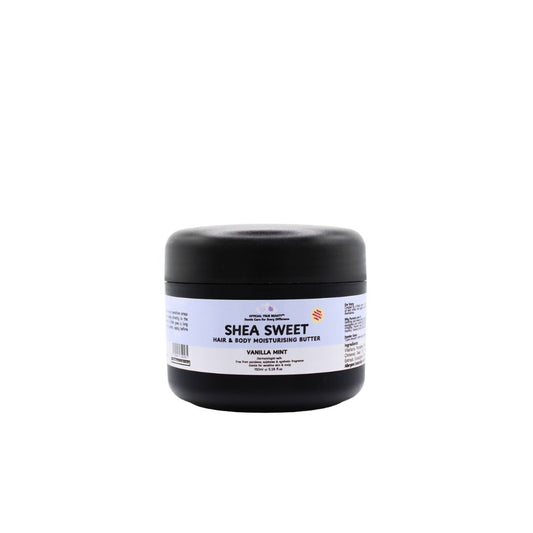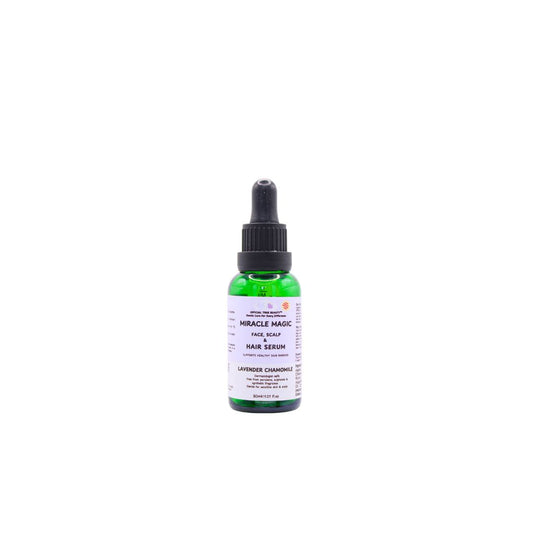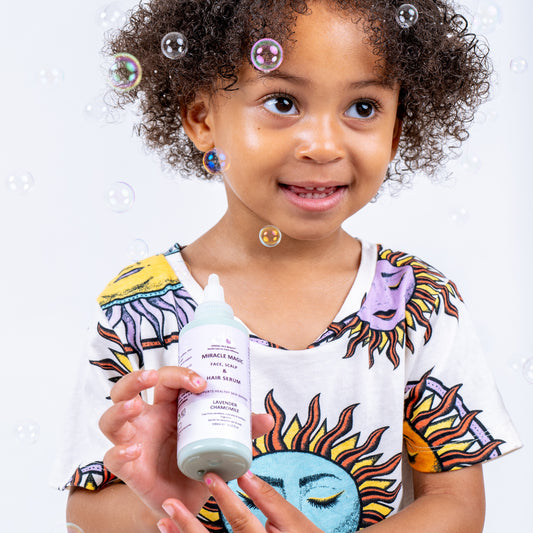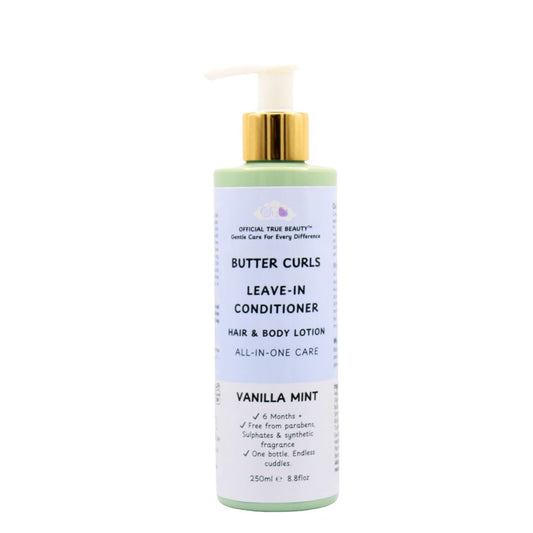
Sensory-Safe Routines for Sensitive Skin
Children with sensitive skin or heightened sensory awareness can find daily routines overwhelming. Products that are too fragranced, textures that are rough, or sudden temperature changes can all trigger irritation or distress. Understanding how to create sensory-safe routines ensures your child’s care is comfortable, enjoyable, and safe.
What Is Sensory Overload?
Sensory overload occurs when a child’s nervous system receives more stimulation than it can process comfortably. In the context of skin care and hair routines, this may include:
- Strong scents or multiple fragrances layered at once
- Rough or unfamiliar textures on the skin or scalp
- Sudden temperature changes in water or the environment
- Bright lights, loud sounds, or chaotic surroundings
For neurodivergent children, or those with eczema, psoriasis, or highly reactive skin, these factors can trigger distress, resistance to routines, or physical irritation.
Choosing the Right Products
Using gentle, hypoallergenic, and sensory-conscious products is key. Opt for items with minimal ingredients, soft textures, and low or no fragrance. Even natural essential oils should be diluted and introduced gradually to prevent overstimulation.
Shea Coco: Completely fragrance-free, ultra-soft texture for newborns and children with highly sensitive skin.
Lavender Chamomile: Mild natural scent, soothing for bedtime routines without overwhelming the senses.
Cuddle Cleanse: Soft, mouldable bar that encourages tactile engagement while gently cleaning skin, perfect for children who are touch-sensitive.
Structuring Sensory-Safe Routines
Routines provide predictability, which helps children feel secure. Consider these strategies:
- Consistency: Keep bath, skincare, and hair routines at the same time each day.
- One product at a time: Avoid layering multiple fragranced products that can overwhelm senses.
- Controlled environment: Dim lights, calm background sounds, and minimal distractions reduce sensory input.
- Gradual introduction: Let children touch or smell new products before full use to build familiarity.
- Temperature awareness: Use lukewarm water (~37°C) and ensure towels and products feel comfortable on the skin.
Supporting Tactile Sensitivity
Children with sensitive skin may be uncomfortable with certain textures. Consider:
- Using soft cotton towels or flannels
- Silicone bath mitts for gentle cleansing
- Whipped or creamy textures (like Shea-based lotions) that glide easily over skin
- Encouraging children to participate in application to give them control
Observation and Adjustment
Watch your child’s reactions carefully. Redness, scratching, withdrawal, or vocal distress may indicate a product or routine element is too stimulating. Adjust the routine gradually and consult a paediatrician or dermatologist if reactions persist.
Final Thoughts
Sensory-safe routines are about respect, comfort, and predictability. By choosing gentle, minimal-ingredient products and carefully structuring routines, you support your child’s skin health and emotional wellbeing. Explore our full range at Official True Beauty for products designed with sensitive children in mind.








